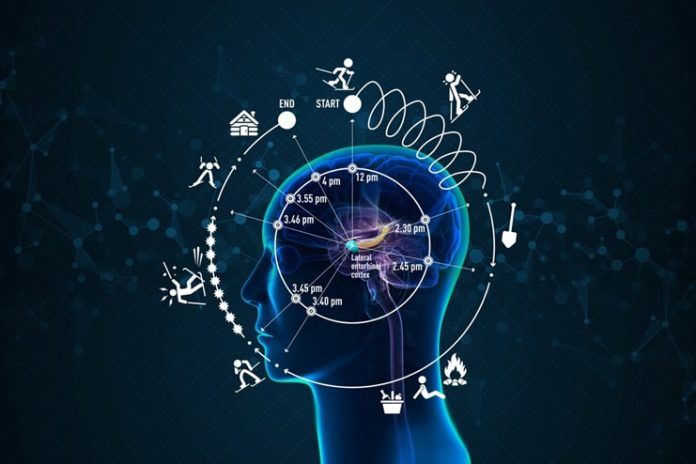Affiliate Disclaimer
Some links in this article are affiliate links. We may earn a small commission if you make a purchase through these links, at no extra cost to you. We only recommend products we find useful to our readersIt is not unknown that every mechanism of our body is controlled and maintained by our body’s internal clocks. While the suprachiasmatic nucleus was designated as the site that controlled our circadian rhythms and other activities, it is quite surprising when the scientists have discovered something new in the brain activity.
A new study (R) conducted by the researchers from the University of California, Berkeley have found that our body’s internal clocks system is not just dependant on one site in the body, it is definitely dependant on two different sites in the brain. While the anticipatory timing crudely relies on the memories instilled from the past experiences, the other site relies solely on the rhythm. These two distinct activities, scientists have found, are handled in two different parts of the brain.
Both aspects of anticipatory timing and the rhythm based timing have its major aspects on every part of our life. The scientists from the University of California, Berkeley have found that the neural connections imbibed inside the brain supporting these timekeepers are split around in two distinct parts of the brain, specifically depending on the activity at hand.
The lead author of the study, Assaf Breska, a postdoctoral researcher in neuroscience at UC Berkeley stated saying that irrespective of whether it is music, sports or even the act of speaking, their study signifies for a fact that the timing behind those activities are not an unified process. It is believed that the temporal decisions that we make are dependent on two distinct parts of the brain.
Senior author Richard Ivry, a UC Berkeley neuroscientist exclaimed that collaboratively these kind of brain systems promote the individual to not just exist in the moment but also actively participate in the activity happening around.
Both Breska and Ivy successively studied the various anticipatory timings of the individuals along with the deficit of the same in the people suffering from Parkinson’s Disease and cerebellar degeneration. Following their extensive studies and research, the scientists have drawn the conclusion and linked the rhythmic timing of the body to the basal ganglia whereas the interval timing with that of the cerebellum. Both of these structures present in the brain are correlated to not just cognition but movement as well.
The findings don’t just stop there. They have significantly also found that if one of these clocks stops working, the other can step in to make up for the lag.
Breska suggested that this study not just successfully highlights the various anticipatory contexts in which the impairments take on; it also does find a way in which these internal clocks are impacting the overall disagreement of their body. It aids in providing a clue in which one can modify their surroundings successfully to make it easier for the disabled to interact better with the people and situations around.
To further solidify their understanding on the same, the scientists further focused on finding how well the patients suffering from Parkinson’s disease as well as any form of cerebellar degeneration use their timings to temporal cues to focus their attention and make decisions.
Both the groups of patients were made to view flashing red, white and green squares and were asked to push a button when they saw the green square. Viewing the white square alerted the people that the green one was coming up next which was exactly what helped them focus their attention on the activity.
In another set, the red, white and green squares in a rhythmic pattern and the patients with cerebellar degeneration were found to respond quite well to the rhythmic patterns. In the last pattern, the process was quite extensive and complex that imposed intervals in between the red as well as the green squares which was followed by a steady rhythm. This was quite easy for the patients of Parkinson’s disease to follow and adhere to.
From the findings and results, Irvy found that the patients who suffered from the cerebellar degeneration effectively suffered from non-rhythmic temporal cues while the ones who had a lesion in the basal ganglia and suffered from Parkinson’s disease has a hard time managing the rhythmic cues.
These results concluded for a fact that the internal clock and the brain activities are predominantly focused in two distinct parts of the brain. It also ensued the fact that the mechanism for the anticipatory timing is handled by two different parts of the brain and the study effectively confirms the same.
The brain is believed to have evolved in two distinct ways to anticipate the future or what’s to come in the next moment. While the rhythm based system was cut cue for the periodic events in our life, the interval system effectively sensitizes the anticipatory ability. These internal clocks are believed to be sensitive to the temporal regularities even with an absence to a rhythmic signal.















